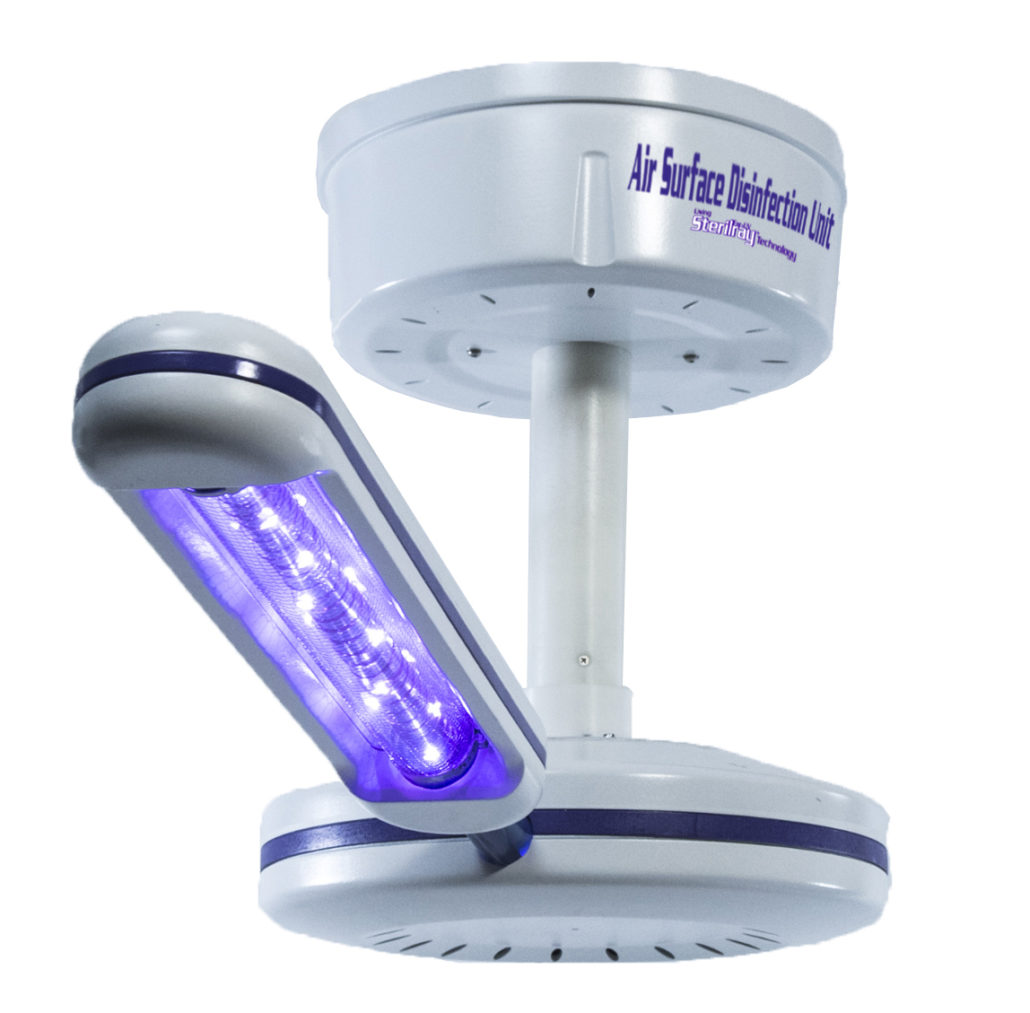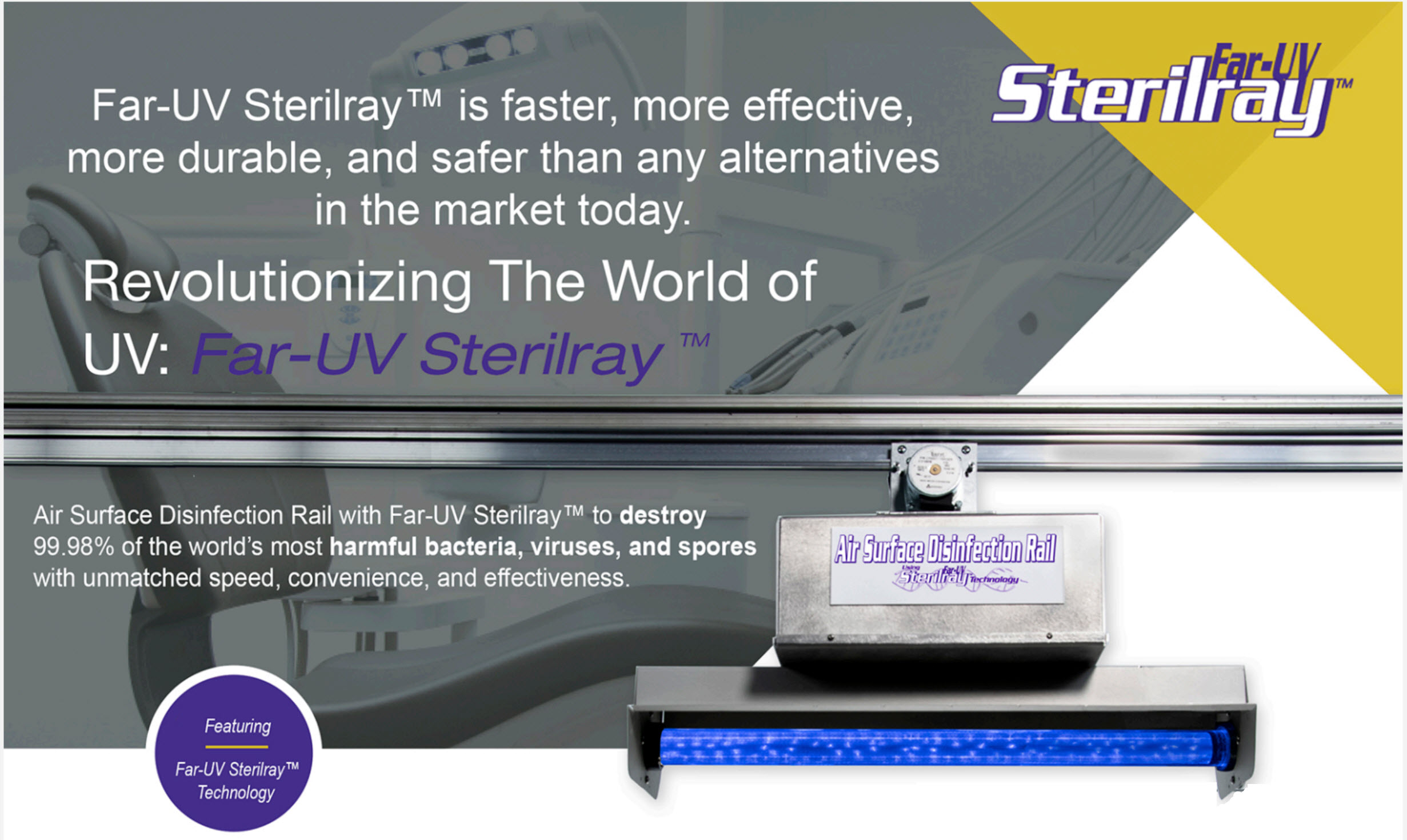Harnessing the Possible of UV Sanitation: Safeguarding Wellness and Health
As the world grapples with the recurring pandemic and the continuous risk of infectious conditions, the significance of maintaining wellness and health has never ever been much more evident. In this context, using the capacity of UV sanitation becomes an appealing service. UV sanitation, an innovation widely made use of in various sectors, has confirmed efficient in eliminating dangerous pathogens. Nonetheless, there is far more to explore behind the scientific research of UV disinfection and its applications. From recognizing the mechanisms at play to applying this technology in our day-to-days live, this discussion aims to lose light on the potential of UV sanitation and its role in securing our health and health.
Understanding UV Disinfection
UV disinfection is an extremely efficient and extensively made use of method for eliminating unsafe pathogens and guaranteeing wellness and hygiene. This technique utilizes ultraviolet (UV) light to inactivate microorganisms by damaging their DNA and preventing them from recreating. UV disinfection is especially effective against bacteria, viruses, and other microorganisms that can cause infections and diseases.
The principle behind UV disinfection is basic yet effective. When UV light is produced at a particular wavelength, it permeates the bacterium's cell wall surface and interrupts its genetic material. This procedure, referred to as photodissociation, causes the development of thymine dimers, which stop the bacterium from replicating and rendering it safe. UV sanitation can be applied in various settings, including water therapy plants, health care facilities, food handling sectors, and air purification systems.
Among the benefits of UV disinfection is its ability to properly and successfully remove a wide variety of pathogens without the need for ingredients or chemicals. Unlike other disinfection methods, such as chlorine or ozone, UV sanitation does not introduce hazardous spin-offs or chemical residues right into the setting. Furthermore, UV disinfection is a non-contact process, which implies that it does not require physical contact with the microorganisms, reducing the risk of cross-contamination.

The Scientific Research Behind UV Sanitation
The performance of UV disinfection depends on its ability to interfere with the genetic material of microbes, making them incapable to duplicate and thereby eliminating their unsafe capacity. UV, or ultraviolet, radiation is a form of electro-magnetic radiation with wavelengths much shorter than visible light. It is classified right into three kinds: UV-C, uv-a, and uv-b. UV-C radiation, particularly, has the fastest wavelength and the highest energy. Because it can pass through the cell wall surfaces of microbes and damage their DNA or RNA., this high-energy UV-C radiation is most efficient in sanitation applications.
When microbes are revealed to UV-C radiation, the power is absorbed by their genetic material, causing bonds to break and developing chemical responses that interrupt their capability to reproduce. This prevents the bacteria from spreading out and replicating infection. UV sanitation is especially effective against fungi, viruses, and bacteria, consisting of usual virus such as Escherichia coli, Salmonella, and Flu.
The science behind UV disinfection is sustained by extensive study and researches. It has been shown that direct exposure to an enough dose of UV-C radiation can achieve a high degree of disinfection, typically exceeding 99.9% efficacy in eliminating bacteria. However, it is very important to keep in mind that the effectiveness of UV disinfection relies on different factors, consisting of the intensity of UV-C radiation, direct exposure time, distance from the UV source, and the sensitivity of the bacterium to UV radiation.
Applications of UV Disinfection
Offered the considerable research study and efficacy of UV disinfection in interfering with the hereditary material of bacteria, it is essential to discover the various sensible applications of this technology. UV sanitation has confirmed to be an important device in a vast array of sectors where maintaining a secure and clean setting is necessary.
One major application of UV disinfection remains in healthcare setups. UV light can be used to decontaminate surfaces, devices, and also the air in hospitals and clinical centers. This assists to decrease the threat of healthcare-associated infections and ensures a much safer atmosphere for people and healthcare workers.
One more crucial application remains in the food and drink sector. UV disinfection is used to treat water and remove hazardous microorganisms, such as E. coli and Salmonella, from the manufacturing anonymous procedure. uv surface disinfection. This ensures the safety and security and quality of the products we consume
UV disinfection is also widely utilized in water treatment plants and wastewater treatment facilities. It is an effective method for ruining damaging microorganisms, infections, and bloodsuckers that can be existing in water resources. This aids to supply tidy and secure alcohol consumption water to neighborhoods and secure the setting from pollution.
Furthermore, UV disinfection is utilized in the pharmaceutical market to sanitize devices and preserve the stability of products. It is also used in laboratories and study centers to protect against contamination and make certain exact outcomes.
Advantages of UV Disinfection Modern Technology
One remarkable advantage of using UV disinfection innovation is its ability to effectively eradicate microbes without the usage of rough chemicals. This is specifically helpful in numerous settings, such as healthcare centers, water therapy plants, and food handling markets, where the existence of damaging microorganisms poses a considerable danger to public health and safety and security.
Unlike standard disinfection approaches that count on chemicals like chlorine or ozone, UV disinfection technology makes use of ultraviolet light to target and ruin the DNA of microorganisms, properly neutralizing their capacity to replicate and trigger infections. This process not just gets rid of the need for possibly dangerous chemicals however likewise minimizes the risk of chemical deposit or byproducts continuing to be in the cured atmosphere.

In addition, UV disinfection innovation is eco-friendly. As it does not count on using chemicals, it eliminates the requirement for their production, transport, and disposal, reducing the overall carbon footprint related to disinfection processes. Furthermore, UV disinfection systems have a longer life expectancy compared to chemical-based techniques, leading to much less constant substitute and additional minimizing waste.
Applying UV Sanitation in Daily Life
To effectively execute UV disinfection in every day life, organizations and individuals can incorporate portable UV sanitizing devices right into their health regimens and cleaning up methods. These gadgets are developed to send out ultraviolet light, which has actually been verified to eliminate or inactivate a large range of microorganisms, including microorganisms, fungis, and infections. By using mobile UV disinfecting gadgets, individuals can decontaminate frequently touched surface areas and things, such as mobile phone, laptop computers, doorknobs, and keys, lowering the danger of spreading bacteria and infections.
Along with including portable UV disinfecting gadgets, it is essential to adhere to proper standards and recommendations for reliable UV disinfection. This consists of making sure that the tool is click for source utilized correctly and for the advised duration to accomplish optimum disinfection outcomes. It is also crucial to focus on precaution, such as using safety eyeglasses and staying clear of straight exposure of the UV light to the skin.
Additionally, organizations can execute UV disinfection innovation in different setups to enhance hygiene practices. Health centers and medical care centers can make use of UV sanitation robots to sterilize client spaces, operating cinemas, and various other high-touch locations. Food processing industries can incorporate UV sanitation systems into their production lines to boost food safety and security and stop contamination.
Conclusion
To conclude, UV disinfection innovation holds fantastic possible in securing health and health. By taking advantage of the power of ultraviolet light, it effectively removes unsafe microbes and decreases the threat of infections. This innovation can be used in different setups, such as health centers, water treatment centers, and public areas, giving a secure and efficient method of sanitation. With its countless advantages, UV sanitation is a beneficial tool for keeping a tidy and healthy atmosphere.
Unlike other disinfection techniques, such as chlorine or ozone, UV sanitation does not present unsafe by-products or chemical residues into the environment. It is crucial to keep in mind that the performance of UV disinfection depends on various elements, consisting of the strength of UV-C radiation, direct exposure time, distance from the UV source, and the vulnerability of the bacterium to UV radiation.
An additional benefit of UV disinfection technology is its ability to offer quick and constant disinfection. Unlike handbook cleansing approaches, which can be time-consuming and need substantial labor, UV sanitation systems can be automated and run constantly, guaranteeing constant sanitation without human treatment.To properly implement UV disinfection in day-to-day life, organizations and individuals can include mobile UV right here disinfecting tools into their hygiene regimens and cleaning up practices.
Comments on “Raise Your Sanitation Requirements with Advanced UV Surface Disinfection Technology”